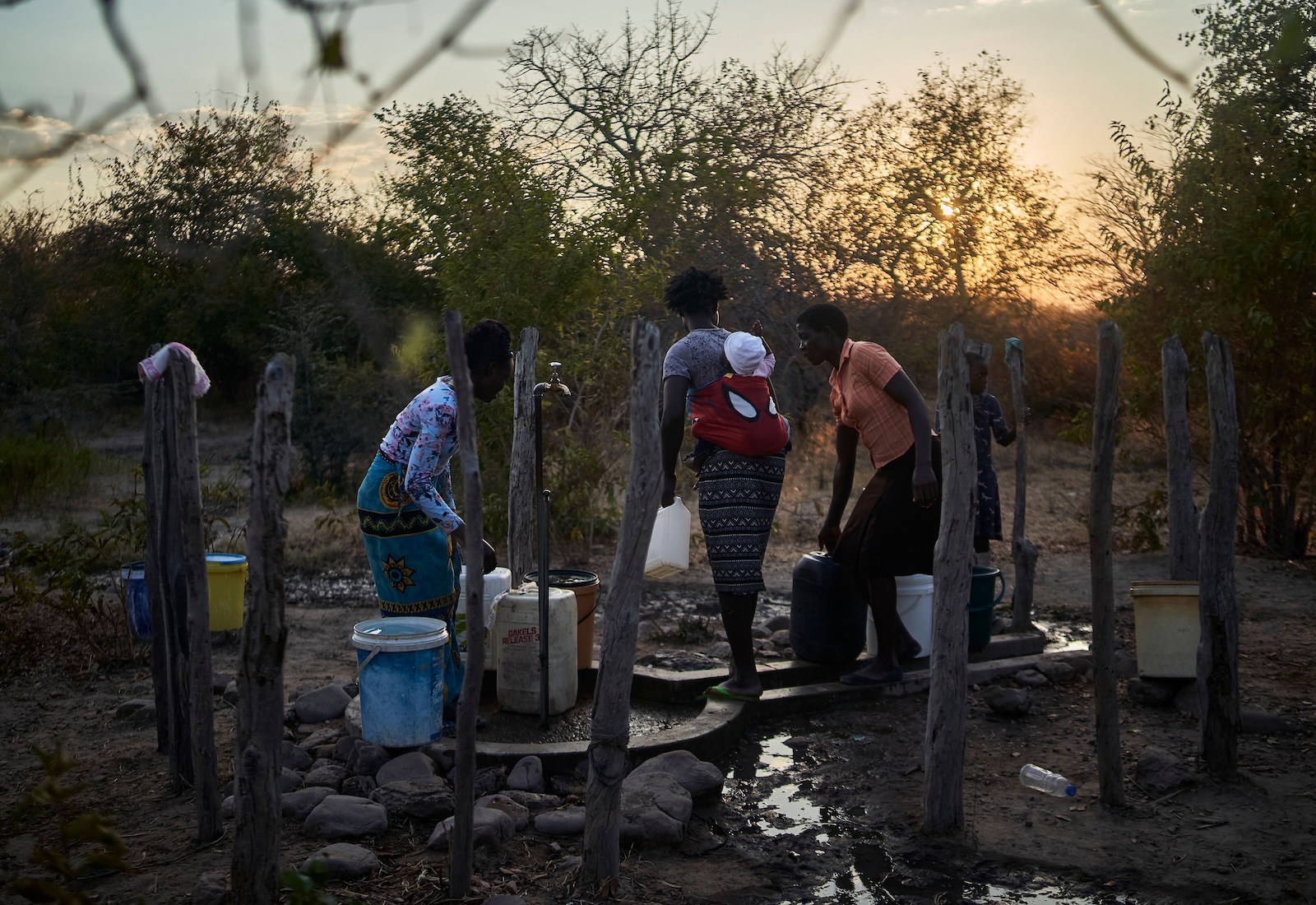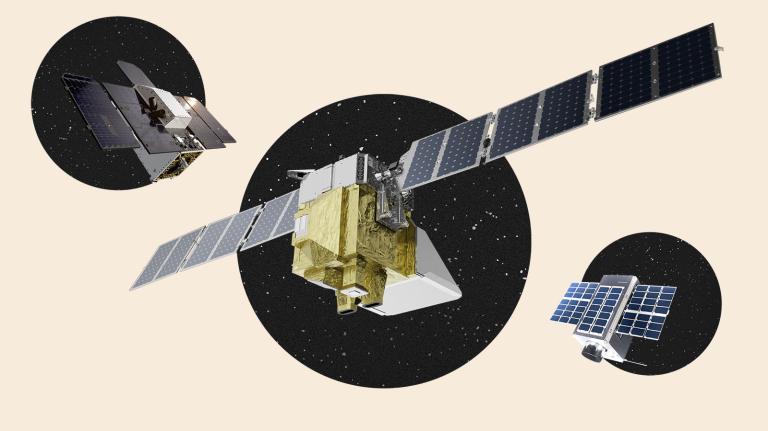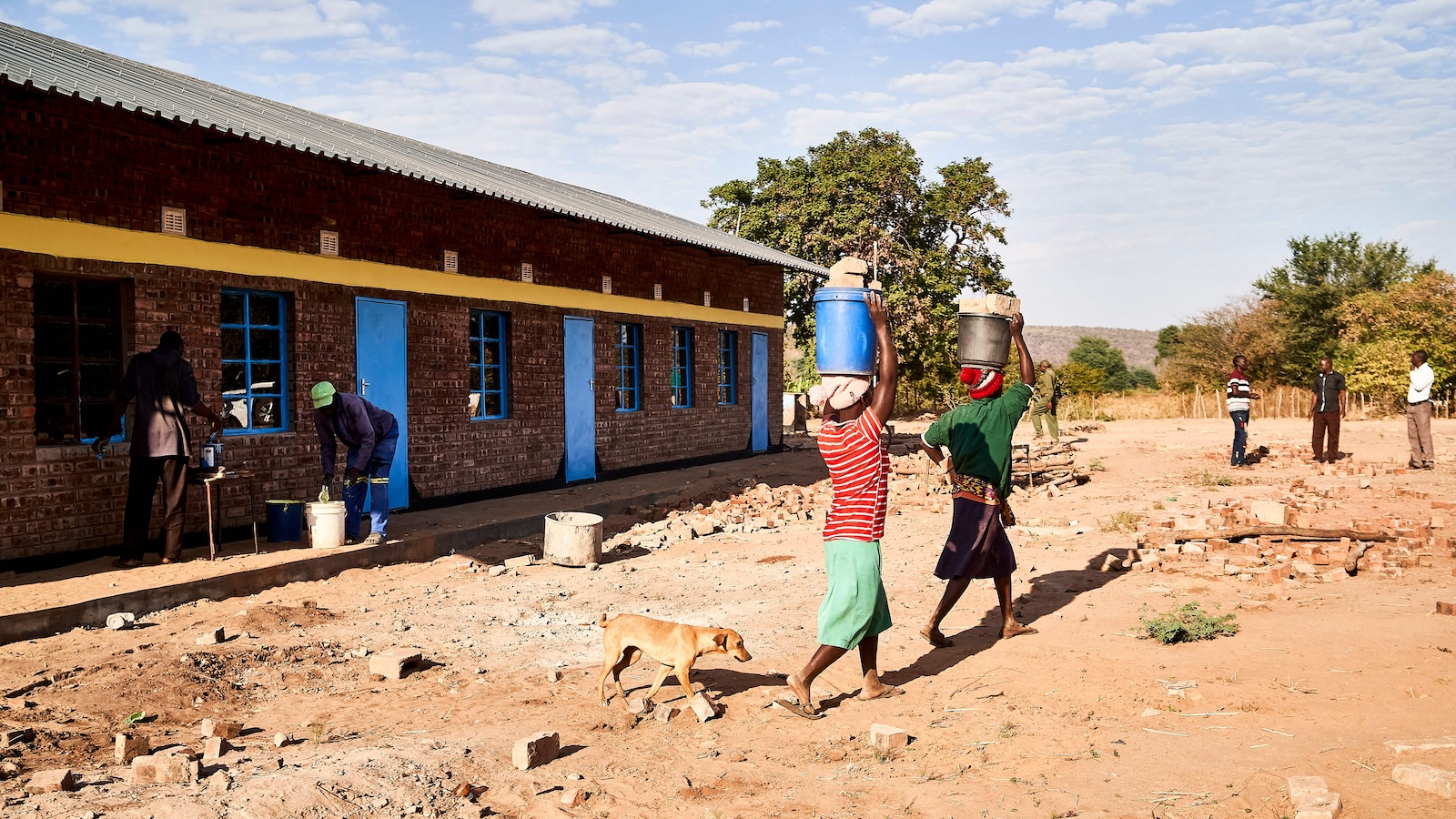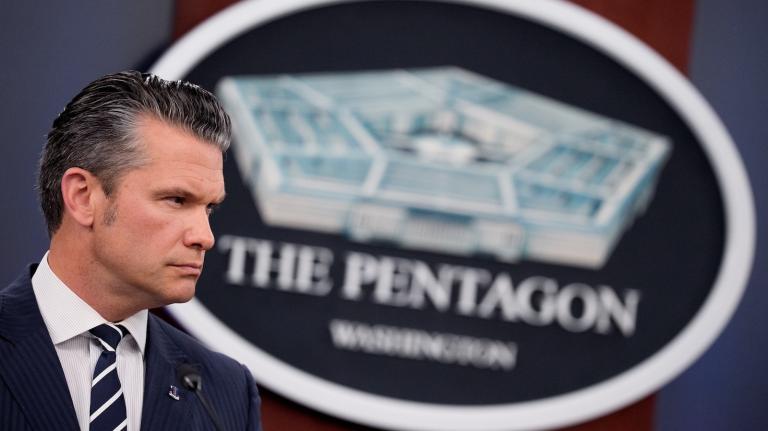Proponents of the voluntary carbon market say it’s a mechanism not only to advance sustainability goals, but also to funnel much-needed cash to some of the world’s poorest countries.
The idea is that companies seeking to “offset” their climate footprint will help pay for the development of projects that sequester or prevent greenhouse gas emissions — endeavors like planting trees to suck carbon out of the atmosphere, or protecting forests that were ostensibly in danger of being chopped down. These projects, which generate exchangeable “credits” representing 1 metric ton of greenhouse gas emissions each, come with the promise of jobs for local residents, and project developers often pledge to devote part of their revenue to public infrastructure like schools.
In Africa, the voluntary carbon market is “a powerful means to address climate change and uplift communities,” according to one nonprofit that writes nonbinding standards for the sector.
It’s increasingly unclear, however, whether that narrative holds up to scrutiny. A series of reports published since last November by the nonprofit Carbon Market Watch, or CMW, has highlighted a near-total lack of published research on how much money flowing into the carbon market actually winds up supporting climate mitigation projects or reaching local communities. One report called attention to a lack of fair and transparent benefit-sharing agreements, clauses in projects’ design documents that detail how they will distribute revenue and nonmonetary benefits to people they affect.
Most recently, an analysis published by the group last week found that, while most carbon credit projects are located in poor countries, they are largely controlled by companies based in wealthier North American and European countries. The authors said there is “no evidence” that the voluntary carbon market, or VCM, brings economic benefits to communities where projects are based, a point that human rights and environmental groups have long been making.
“When it comes to knowing if the VCM is actually working as a tool to channel finance from the Global North to the Global South, there’s no information there,” said Inigo Wyburd, a policy expert for Carbon Market Watch and the author of the newest report. “It raises serious questions as to, well, are these communities really benefiting?”
The most recent report looks at two samples of carbon credit projects: one composed of 30 from around the world, and another of 39 projects just in Africa. Only 13 percent of the projects in the global sample are located in countries with the highest level of “human development,” based on a U.N. metric encompassing education, health, and living standards. But nearly 60 percent of the companies that own, develop, monitor, and vet the projects are based in the world’s most developed countries.

Dea / G. Cozzi / Getty Images
The numbers are even more pronounced for the African sample, which shows that 0 percent of projects are based in countries with the highest U.N. development index. Sixty-two percent of all the projects’ developers and 63 percent of their owners are located in the most highly developed countries outside of Africa.
According to Wyburd, this doesn’t necessarily mean that companies based in rich countries aren’t directing revenue to local communities. In a way, it makes sense that there would be more companies from wealthy countries participating in carbon credit projects, since they have better access to capital and technology. But paired with the lack of transparency on financial flows, the geographical disparity is concerning.
“As many companies are not based in the same region where their project is carried out, any money that is not directly assigned to project implementation is potentially diverted to become profit for actors located in the Global North,” the report says. Notably, the analysis found that at least 10 projects across both samples were missing documentation on things like monitoring and verification.
The CMW paper only hints at what African rights and environmental groups have been saying much more forcefully. Last year, a coalition of organizations across the continent published a scathing critique of the Africa Carbon Markets Initiative, an effort to develop the continent’s voluntary and government-run carbon markets and bring it $6 billion in annual revenue by 2050.
While the Africa Carbon Markets Initiative has promised to share revenue equitably and transparently with local communities, the environmental groups called the program “a new form of colonialism,” saying it would exacerbate climate change and obstruct “the attainment of genuine African development pathways.” More broadly, they criticized all carbon credit projects, which they said would commodify Africa’s land and other resources in order to benefit foreign corporations.
“Rich countries are passing the burden of climate action from rich to the poorest countries,” the authors wrote, “in return for which African countries are asked to package up projects that fit the demands of the Northern companies to deliver tons of carbon.”
This problem has already played out across Africa, Asia, and South America, where communities have repeatedly reported being fleeced by companies seeking to generate carbon credits. In one instance, the Switzerland-based company South Pole and Carbon Green Investments — a firm founded by a wealthy Zimbabwean businessman to receive proceeds from South Pole — sought to generate credits by ostensibly preventing deforestation around Lake Kariba in Zimbabwe. Like other projects, part of its allure was that it would also raise money for local communities. But an investigation from the news site Follow the Money, the Germany newspaper Die Zeit, and the Swiss broadcaster SRF could only account for a tiny fraction of the funds that were promised to support schools, health clinics, and vegetable gardens. Dozens of village chiefs, local politicians, and villagers told the outlets they had doubts about the project; some said there was no money reaching them.

Farai Maguwu, director of a Zimbabwean research and advocacy organization called the Centre for Natural Resource Governance — which was not one of the groups involved with the critique of the Africa Carbon Market Initiative — told Grist in an interview last year that the Kariba project developers had made the local community out to be “ignorant people” who would “destroy their environment” if not for the carbon credits. He said projects like Kariba were “shortchanging” locals: “using them to generate millions of dollars which are never plowed back into those communities.”
“It’s quite irritating when they present these self-serving projects as an opportunity for Africa,” he added.
South Pole told Grist it could not comment on “the actions of other organizations,” and that it had only acted as a “consultant” to the Kariba project; the responsibility for distributing funds to stakeholders “was never with South Pole.” The company said in a press release last year that the Follow the Money investigation had been published “out of context,” and that the company’s intention has always been to “do well as a business by doing good, including creating lasting impact in some of the world’s poorest places.” Several months later, the company cut ties with the Kariba project, though it said it “continues to believe in the significance” of the project for local communities.
The Africa Carbon Markets Initiative did not respond to Grist’s request for comment, and Carbon Green Investments could not be reached.
Meanwhile, carbon credit activity on the continent seems to be growing: Based on Carbon Market Watch’s analysis of publicly available data, 841 projects based in Africa issued 17 percent of global carbon credits between 2020 and 2024, up from 433 projects issuing 7 percent of credits between 2010 and 2020.
Wyburd, with Carbon Market Watch, said he isn’t against carbon credits necessarily. “I think there are good projects,” he said. “I think there are developers and implementers trying to make a real difference. But it’s difficult to differentiate them from the bad, and that is inherently because of this lack of transparency.”
Although the voluntary carbon market is not formally regulated, Wyburd called for stronger disclosure requirements from bodies like the Integrity Council for the Voluntary Carbon Market, a nonprofit governance body that aims to provide oversight for the sector. His report recommended that companies make project-level financial reports publicly available, and that standards bodies conduct regular audits to make sure documents are accurate and up to date.
Some environmental groups are less optimistic. In its publication last year, the coalition of African environmental groups asked African governments to “withdraw from and take no further interest” in any carbon market mechanisms. To fund sustainable development, they said African nations should: create a “polluters pay fund” that charges companies per ton of carbon they emit, demand that wealthy countries send more climate finance and cancel “odious debts,” and redirect fossil fuel subsidies toward renewable energy.
Correction: This article previously misstated the percentage of African carbon projects based in countries with the highest U.N. development index.




